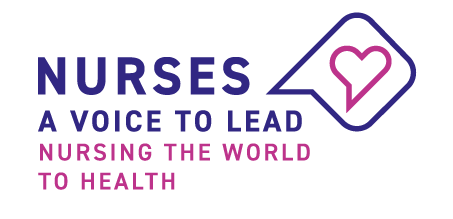IND Case study International Day for Disaster Risk Reduction: Promoting family resilience in the aftermath of disaster

13 October is International Day for Disaster Risk Reduction. Nurses play an important role in disaster preparedness by: educating the community on disasters; working to reduce hazards in the workplace, homes and communities; contributing to the development, implementation and evaluation of community readiness; participating in and evaluating disaster drills; and coordinating and working with community organisations. The following case study describes the role of nurses in helping families to recover and become more resilient following a disaster.
The goal of disaster nursing is not necessarily to restore families to their original lives. Rather, it is to enable families to recognise changes in their post-disaster crisis situation, find new perspectives and ways of thinking, and become capable of gradually adapting to new situations by developing their abilities.
The purpose of this study was to explore the needs for nursing and to promote family resilience in the aftermath of disasters. Resilience is defined here as the ability to recover, to be flexible, and to find meaning and acceptance in the face of adversity. Family resilience is understood as the ability to confront, overcome and adapt to a disastrous situation for the whole family.
This Model, which includes seven aspects of nursing approach, places families at the core, encouraging family resilience by allowing families affected by disasters to be seen from the perspective of the individual, the family, and the community. This nursing support model promotes family resilience in the aftermath of disaster and allows the return to the basic elements of their lives.
The seven dimensions of the nursing approach to family resilience were identified as follows:
- ‘Permeates through families’: In the event of disaster, families are in an extreme state of tension, and they may be resistant to others entering their lives; therefore, the entry of nurses is an important intervention that can serve as a first step in forming relations with family.
- ‘Helps to recognise basic life patterns that have been disrupted’: This aspect of nursing guides families, in a state of instability amid life changes caused by a disaster, to both adjust to ensuing disharmony in relationships resulting from physical and mental changes, and to maintain health and a basic quality of life.
- ‘Helps to break out of a negative chain of suffering’: This is an approach that alleviates families’ feelings of anxiety and suffering in the aftermath of disaster, provides a space where they can feel safe to deal with their range of feelings, and assists them in dealing with their suffering.
- ‘Promotes a connection with one’s surroundings’; This approach is intended to develop family resilience by encouraging interactions between the families and their surroundings.
- ‘Encourages the restarting of movement that has come to a standstill’: Many families in the post-disaster period feel that their lives have comes to a standstill. This nursing approach is designed to reorient the family perspective from the past to the present and onward to the future and to nurture resilience. This support is designed to assist families in acquiring a certain degree of stability and developing the strength to move on.
- ’Encourages people to get back on their feet’: Families affected by a disaster fear that they are unable to cope with the future and, therefore, may suffer from strong emotions that are difficult to control.
- ’Helps families to feel families again’: This nursing approach is designed to support families to carry on with their daily lives even in an unusual situation so that they can maintain and strengthen their connections as a family and continue to protect what matters to them. Guidance is provided to develop the ability to recover so that families can really start to feel like families again.
This Model is rooted in the theoretical concept of the family system and includes the belief that individuals and families respond to disaster conditions in a way that is shaped by the community. Nursing support must select, from among the seven nursing approaches, those which are appropriate for the individual situation.

